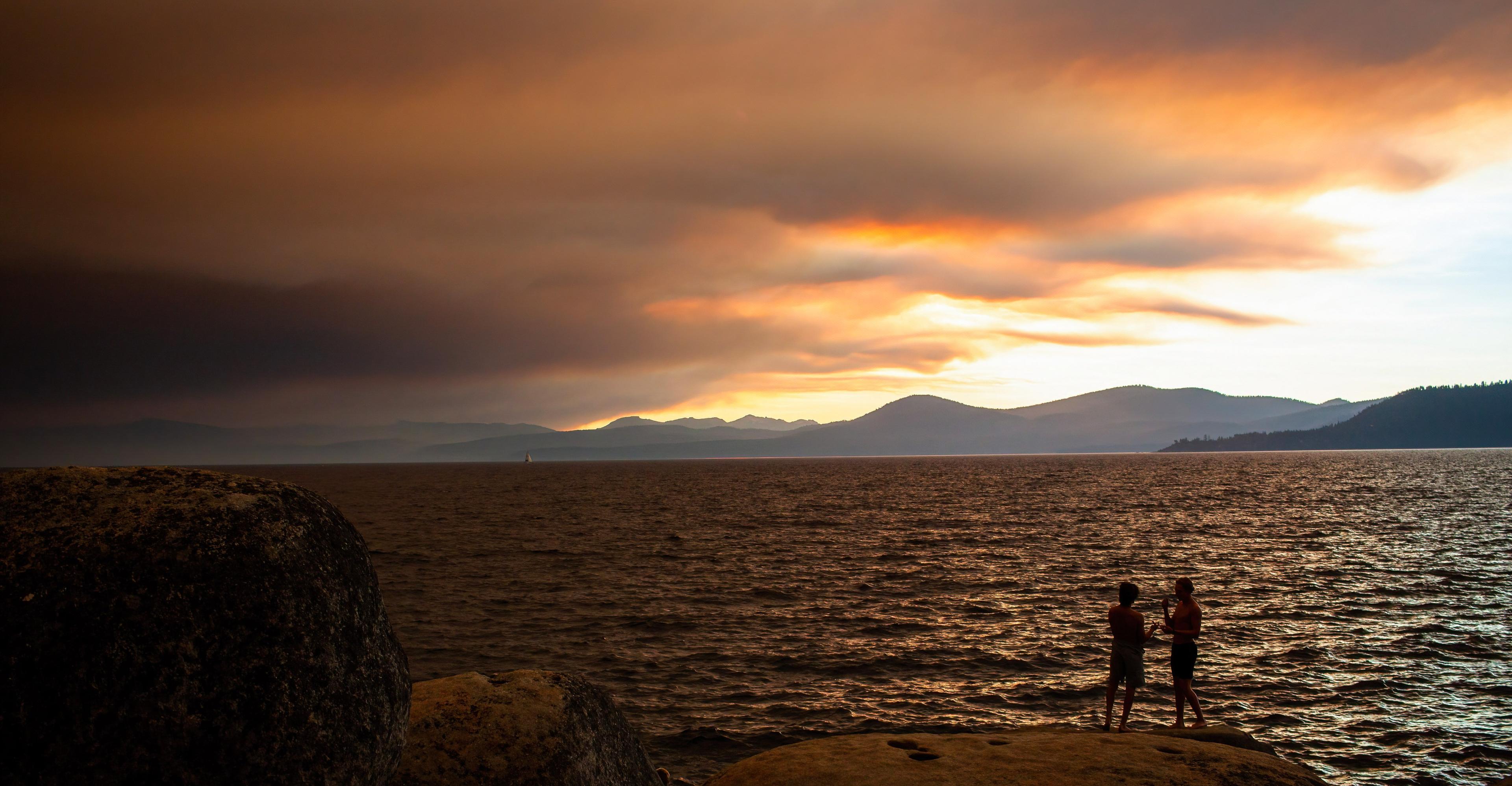Scientists put motion cameras along the US-Mexico border to spy on wildlife. The footage is spectacular — and telling.
The border wall between the US and Mexico is, of course, a barrier meant to prevent human migrants from crossing into America as they seek work, family, or refuge from violence. It’s also a significant barrier to ranging wildlife. The border wall, a center…

Published 6 ماہ قبل on جون 25 2025، 7:00 صبح
By Web Desk

The border wall between the US and Mexico is, of course, a barrier meant to prevent human migrants from crossing into America as they seek work, family, or refuge from violence.
It’s also a significant barrier to ranging wildlife.
The border wall, a centerpiece of President Donald Trump’s agenda, cuts through a rugged, unique ecosystem home to hundreds of native species, from jaguars and pumas to black bears and deer. These animals often need to move to survive, whether to find a source of water or a mate.
We know the wall is impassable for many species, potentially lowering their chance of survival. How exactly the border affects this rich ecosystem, however, has largely been a mystery.
A new study, among the first of its kind, finally offers some answers — by essentially spying on animals near the border. For the research, ecologist and lead author Ganesh Marín, then a doctoral researcher at the University of Arizona, set up 85 motion-sensing cameras in northeastern Sonora, Mexico, along and south of the US border in Arizona and New Mexico. Throughout the course of the research, when animals walked by, the cameras began recording.
Over roughly two years, from 2020 to 2022, the cameras captured hundreds of hours of footage, including more than 21,000 clips with mammals, said Marín, a National Geographic Explorer and postdoctoral scientist at the nonprofit Conservation Science Partners.
“This place is so special because you see these tropical species, like ocelots and jaguars, at the same time as beavers and black bears,” Marín told me earlier this year when I was reporting on borderland jaguars.
Some of the recordings are pretty incredible. In this clip, for example, a young puma, or mountain lion, makes a chirping sound, likely calling for its mother.
[Video: Clip 1 - puma call]
Or check out this jaguar approaching the camera. This particular cat is known as Bonito. Scientists first detected this cat in 2020 and can identify him by his markings.
[Video: Clip 2 - jaguar up close]
Marín’s cameras detected another jaguar, as well, called Valerio. He was seen by cameras multiple times in a protected area known as Cuenca Los Ojos just south of the border in Sonora.
[Video: Clip 3 - Valerio in color]
The camera traps caught black bears and their cubs…
[Video: Clip 4 - bears playing]
[Video: Clip 5 - crazy camera]
…bobcats and coyotes…
[Video: Clip 6 - bobcats]
[Video: clip 7 - coyotes]
…and even an ocelot, an elusive predatory cat.
[Video: clip 8 - ocelot]
Analyzing the videos ultimately revealed several important details about wildlife in the borderlands. Marín found that large mammals, such as black bears and deer, as well as some smaller herbivores, spend less time near the border than in other, more remote stretches of his study region. That suggests these animals avoid border infrastructure.
Other species, like the pronghorn, which have been seen on the US side of the border, didn’t appear in his cameras at all. That may be because they have trouble crossing a highway that runs roughly parallel to the border in Sonora, according to Marín and his co-author, John L. Koprowski, a biologist at the University of Wyoming.
Meanwhile, smaller common predators like coyotes and bobcats appeared more tolerant to human activity: They were more likely to use habitats with cattle, cars, and dirt roads, according to the footage.
The study adds to a growing body of research showing that the border and infrastructure around it is disrupting wild animal communities.
“Amazing wildlife is present in the borderlands due to the binational efforts to protect and restore the flow of life between both countries,” Marín said in an email. “We should not define this beautiful region and the creatures that roam by the existence of an imposed division.”

Please don’t make airports healthy again. Just make them more efficient.
- 4 گھنٹے قبل
Sabalenka named WTA Player of the Year for second straight season
- 16 گھنٹے قبل
Arteta tells critics to back off struggling Gyökeres
- 5 گھنٹے قبل
Tagic Army Public School (APS) Peshawar incident completes 11 painful years
- 12 گھنٹے قبل

Gold prices dip per tola in Pakistan, global markets
- 17 گھنٹے قبل
AI boom seen lifting chipmaking equipment sales 9pc to $126bn in 2026
- 13 گھنٹے قبل

Assailants kill cop, brother in gun attack in KP’s Lakki Marwat
- 13 گھنٹے قبل
Pakistan qualify for semi-final of under 19 Asia Cup cricket
- 14 گھنٹے قبل

YouTube made its video player easier to navigate on TVs
- 6 گھنٹے قبل

Young Leaders Conference 2025 highlights social stewardship on day two
- 14 گھنٹے قبل

My defense of a $40 cable paperweight – I’m sorry
- 6 گھنٹے قبل

A Kinect for kids is outselling Xbox to become the hot console this holiday
- 6 گھنٹے قبل
You May Like
Trending





